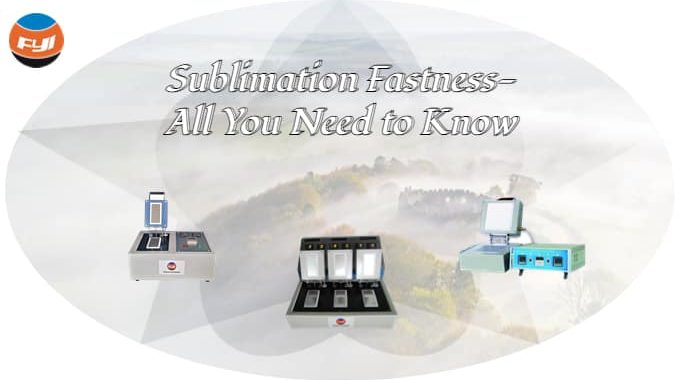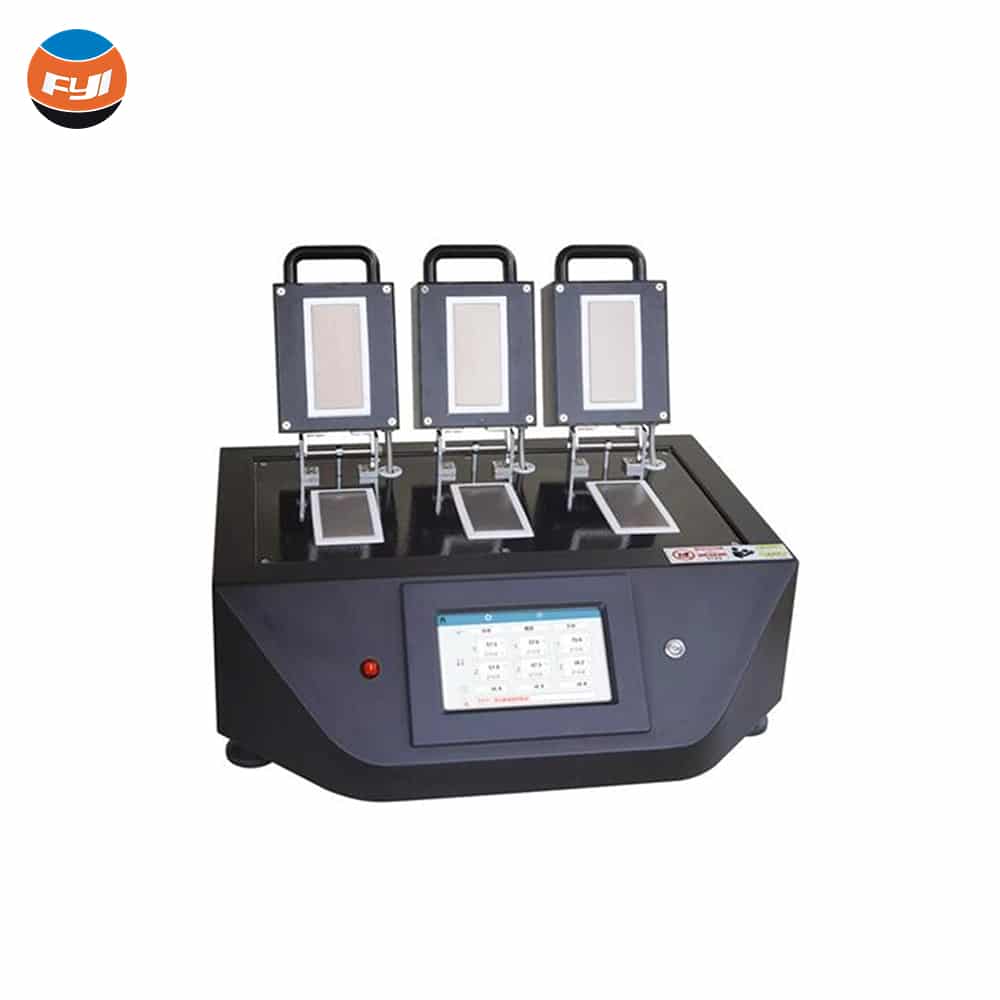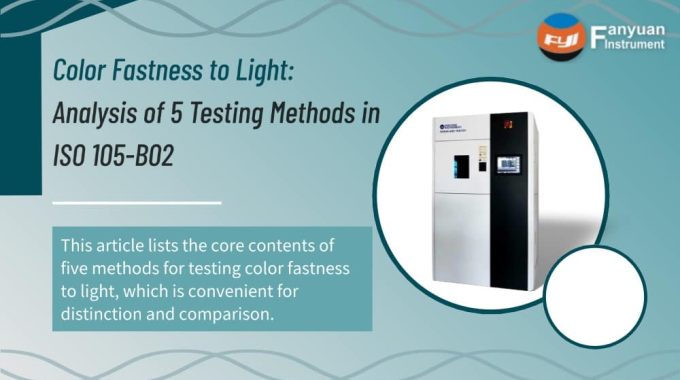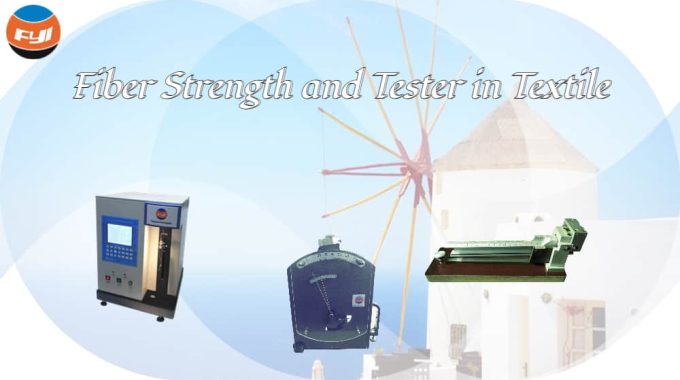
Sublimation Fastness-All You Need to Know
Contents
What is sublimation fastness
Sublimation fastness is commonly associated with the dyeing of polyester disperse dyes. When the temperature rises above a certain point (setting above 180°C, ironing above 200°C), the disperse dyes in the polyester fibers directly convert from powdery solids to gas and escape, changing the color of the polyester. When the brightened and liberated dye cools, it desublimates and solidifies, and it sticks to the equipment or the surface of the polyester. The dye (floating color) on the surface of this polyester has no fastness and easily falls off after washing or rubbing, indicating that the washing and rubbing fastness is poor.
Sublimation test
Because the dyeing mechanism of polyester fibers differs from that of other dyes, sublimation fastness may directly reflect the heat resistance of dispersion colors. For other dyes, testing the ironing fastness of the dye is the same as testing the dye’s sublimation fastness. The dye’s sublimation fastness is poor. The dye in the solid state is easily detachable from the interior of the fiber in a gas state in the dry heat state. In this manner, dye sublimation fastness can also indirectly reflect fabric ironing fastness.
The dyes with good sublimation fastness have large particles, and the sublimation temperature is slightly higher than that of ordinary dyes. Under the same setting or ironing temperature conditions, the dyes with high sublimation fastness will have little fading and little discoloration.
Goal and range
This test method is a test method for determining the color resistance of various textile materials and textiles to heat pressing and heat roller processing. Textiles can be hot pressed in dry, damp, or wet conditions, usually determined by the end use of the textile.
Test standard
AATCC 133-2009
GB/T 6152-1997
ISO 105-X11:1996
JIS L 0850-1994A
Preparation
- Sample size:
AATCC 133-2009:40*120mm
Other methods: 40*100mm
Providing controlled conditions of dry heat and pressure with top and bottom heated surfaces, electronic temperature controller and carefully controlled top plate weight. Consisting of a pair of smooth parallel plates, equipped with a precisely controlled electric heating system, the pressure on the sample is 4±1kpa, and the heat should only be transferred from the upper parallel plate to the sample, regardless of whether the lower parallel plate is heated or not.

- Smooth asbestos board thickness 3mm~6mm
The asbestos board used for thermal insulation should be smooth and not bent, preferably assembled with the asbestos board before placing the sample in the sublimation fastness tester. During the two tests, the asbestos panels had to be cooled and the wet wool pads had to be dried.
- Padding, wool flannel with a mass per unit area of 260g/m2:
Use two layers of wool flannel to make a pad about 3mm thick. A similar smooth wool fabric or felt can also be used to make a pad about 3mm thick.
- The weight per unit area of undyed and unmercerized bleached cotton cloth is 100g/m2~130g/m2, and the surface is smooth.
Experimental procedure
Dry pressing: the dry sample is pressed for a certain period of time for 15 seconds in a heating device with a specified temperature and specified pressure.
Moisture pressure: After the dry sample is covered with a piece of wet cotton lining fabric, it is pressed for a certain period of time in a heating device at a specified temperature and pressure for 15 seconds.
Wet pressure: After the wet sample is covered with a piece of wet cotton lining fabric, it is pressed for a certain period of time in a heating device at a specified temperature and pressure for 15 seconds.
Hot pressing temperature:
110+2℃
150+2°C
200±2℃
Other test temperatures may be used if necessary, but must be indicated in the report. The pressing temperature is determined according to the type of fiber and the structure of the fabric. If it is a blended product, it is recommended to use the most heat-resistant fiber to adapt.
Rating
Immediately after the test, use the gray scale to evaluate the discoloration of the sample and the staining of the adjacent fabric. After adjusting the humidity for 4 hours in the standard atmosphere, make an evaluation again.
How to improve sublimation fastness
In order to improve the sublimation fastness of dyes, the following aspects must be started:
Dyes selection
The relative molecular weight is relatively large, and the basic structure of the dye is similar or similar to the fiber structure, which can improve the sublimation fastness of the textile.
Improve the dyeing and finishing process
Fully reduce the crystallinity of the crystalline part in the macromolecular structure of the fiber, increase the crystallinity of the non-crystalline region, make the crystallinity of each region inside the fiber tend to be consistent, and let the dye enter the fiber, and the combination with the fiber is more effective uniform. This can not only improve the level dyeing degree, but also improve the sublimation fastness of dyeing. If the crystallinity of each part inside the fiber is not balanced enough, most of the dyestuff stays in the non-crystalline area with relatively loose structure, then after the extreme state of external conditions, the dye is also easier to detach from the non-crystalline area inside the fiber and sublimate to the surface of the fabric , thereby reducing the sublimation fastness of textiles.
The scouring and mercerizing of cotton fabrics, the pre-shrinking and presetting of polyester fabrics are all processing steps to balance the crystallinity inside the fibers. The dyeing depth and color fastness of the scoured and mercerized cotton fabric and the pre-shrunk and pre-set polyester fabric can be obviously improved.
Strengthening post-treatment and washing to remove more floating color on the surface can also significantly improve the sublimation fastness of the fabric. Properly lowering the setting temperature during the setting process can significantly improve the sublimation fastness of the fabric. The decrease of fabric dimensional stability due to temperature drop can be compensated by appropriately reducing the speed of setting machine. In the selection of finishing agents, we should also pay attention to the influence of additives on color fastness. For example, after using a cationic softener in the softening of polyester fabrics, it is possible that the sublimation fastness of disperse dyes may fail due to thermal migration of disperse dyes. From the perspective of the temperature type of the disperse dye itself, the sublimation fastness of the high-temperature disperse dye is better.
Comments are closed.



Nice information, valuable and excellent design, as share good stuff with good ideas and concepts, lots of great information and inspiration, both of which I need, thanks to offer such a helpful information.
I really like the way that you have explained more about this sublimation fastness.
I really happy found this website eventually. Really informative and inoperative!
Where do you find the inspiration for your blog posts? They’re always so interesting and unique.